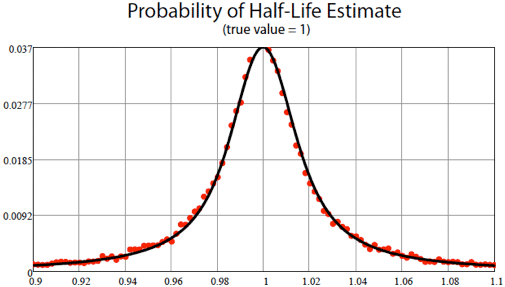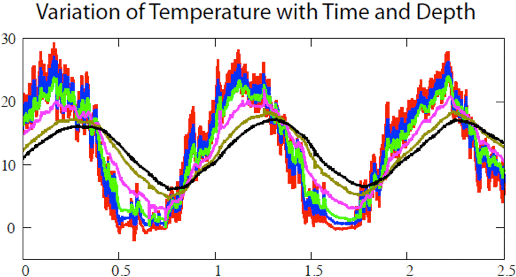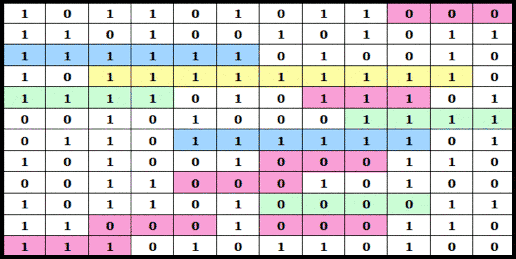
|
hello
Welcome to the web site of Dr. Mark P. Silverman, Jarvis Professor of Physics
at Trinity College. I am a physicist whose scientific interests and
contributions fall broadly in the areas of quantum physics, atomic &
nuclear physics, optics & electromagnetism, and gravitation. I am also
a teacher who has developed humane and effective educational methods for
teaching science at all levels of instruction. At this site you can find
books and papers in which I discuss my scientific research and
educational experiments. More about me »
“The science teacher whose instruction goes no further than the textbook, whose notes have yellowed with age from unvarying use, and whose concept of scientific experience is ritualised repetition of procedure cannot hope to motivate and inspire students. Teachers must, themselves, be motivated and inspired: to read avidly and regularly in order to learn lessons of the past and keep abreast of the present; to experiment and tinker in order to teach with confidence based on personal experience; to try in all ways possible to make the science classroom reflect accurately the attributes and activities of a place where real science is done.”
—M P Silverman, Motivating Students to Learn Science, Creative Education (2015) 6
1982-1992
“Dear Mr President,
As an American atomic and nuclear physicist I was greatly heartened by your declaration to be guided by science in the implementation of public policy...In the course of your administration you may find that very real scientific facts run counter to what you consider self-evident truths. I will give you a critically important example that underlies nearly every major decision you are likely to make in the next four years. Let us start by considering climate change.”
—M. P. Silverman, Letter of Advice to the President from a Scientist Regarding Climate Change Policies (3 Feb 2021), sent to President Joseph Biden and to the Washington Post
New Books
2nd Edition (April 2015) Cambridge University Press - ISBN-13: 978-0521446310
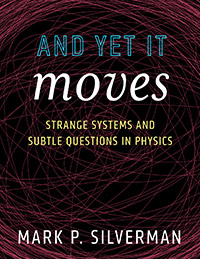
This book of essays, recently released as a second edition, is a largely nonmathematical account of some of the strange behaviour, both classical and quantum, exhibited by diverse physical systems. Drawn from the author's wide-ranging researches in quantum mechanics, atomic and nuclear physics, electromagnetism and optics, gravity, thermodynamics, and the physics of fluids, the essays describe different physical systems whose behaviour provokes surprise and challenges the imagination. Read more »
Cambridge University Press 2014 - ISBN-13: 978-1107032811
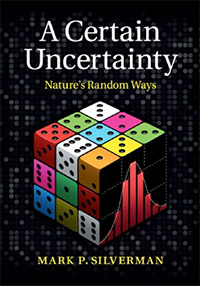
This book examines randomness, chance, and uncertainty in matters pertaining to fundamental questions of physics as well as to issues that are likely to affect readers in personal ways. Among the topics discussed are controversial issues concerning the decay of radioactive nuclei, predictability of the stock market, safety of commercial aircraft, accelerating rise in Earth’s temperature, interpretation of medical tests, detection of drug use to enhance athletic performance, and more. The book helps develop proficiency in the use of probability and statistics to understand a multiplicity of physical processes. Read more »
Recent Work
Probability of COVID Infectivity
Contrary to official pronouncements (based on politics, not science), the pandemic is not over. Conceivably, given the unusually high viral mutability, phasing out of measures to protect public health, and general reluctance of the public to follow such measures anyway, it may never be over. It is therefore likely the average person will at some point contract COVID. If this occurs, what is the probability this person remains infectious (i.e. sheds coronavirus) each day following the onset of symptoms? The answer to this critical question, which affects how long an infected person should self-isolate, is rigorously addressed in the cited paper below.
M P Silverman, “Probability Distribution of SARS-Cov-2 (COVID) Infectivity Following Onset of Symptoms: Analysis from First Principles” Open Journal of Statistics 13 (2023) 233–263

Height, Weight, and Body Mass Index
Human height and weight have been of interest throughout the evolution of modern statistics from the 19th Century to the present. Combined, they form the body mass index (BMI), which is the most widely used risk factor in medicine and public health for illnesses linked to obesity. Despite global attention, the distributions of height, weight, and BMI remained uncertain and controversial. The two articles cited below report the exact statistical probability functions of the height, weight, and BMI of a healthy diverse adult human population, partitioned by gender. All measurable probabilities, moments, and correlations of height, weight, and BMI of such a population are accountable in terms of the five defining parameters of a bivariant lognormal distribution.
M P Silverman and T C Lipscombe, “Exact Statistical Distribution of the Body Mass Index (BMI): Analysis and Experimental Confirmation”, Open Journal of Statistics 12 (2022) 324-356
M P Silverman, “Exact Statistical Distribution and Correlation of Human Height and Weight: Analysis and Experimental Confirmation”, Open Journal of Statistics 12 (2022) 743-787

Crowdsourcing
Crowdsourcing is a method of sampling by submitting a problem to a large number of diverse, independent, non-experts (the "crowd"). The underlying idea is that a crowd can collectively arrive at a better solution than a small group of experts. This is not a mathematical theorem, but a hypothesis to be tested. In these papers I analyse a crowdsourcing experiment to study the distribution, information content, and reliability of a crowd's response.
Part I: M P Silverman, "Crowdsourced Sampling of a Composite Random Variable: Analysis, Simulation, and Experimental Test", Open Journal of Statistics 9 (2019) 494-529.
Part II: M P Silverman, "Extraction of Information from Crowdsourcing: Experimental Test Employing Bayesian, Maximum Likelihood, and Maximum Entropy Methods", Open Journal of Statistics 9 (2019) 571-600.

Randomization of a Deck of Playing Cards

Forces on a Ladder

Test of Elastica Theory

Brownian Motion of Radioactive Particles

Brownian Motion of Decaying Particles

Residence Time of Radon in an Open Volume

Search for Anomalies in the Decay of Mn-54

New Method to Measure Indoor Radon Concentration

Search for Non-Standard Radioactive Decay
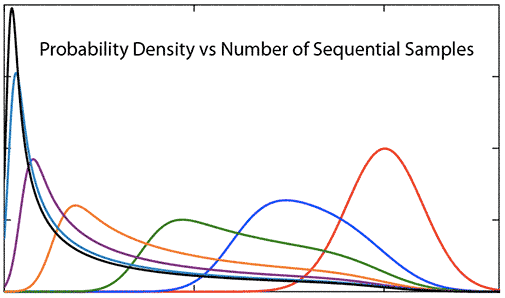
Lectures
I am available for lecturing on a variety of topics related to my
research of which the following are some examples. Also, see Lectures
for more details.
- The strange behaviour of quantum particles
- New directions in electron microscopy and interferometry
- Do radioactive nuclei decay randomly?
- Seeing through turbid media with polarised light
- Quantum stabilisation of stellar black holes
- Crowdsourcing: A radical approach to problem solving
- A warning from the weather under ground: Solar energy diffusion and urban heat stress
- The Ladder Problem: Physics in the Service of Safety and Justice
|
















